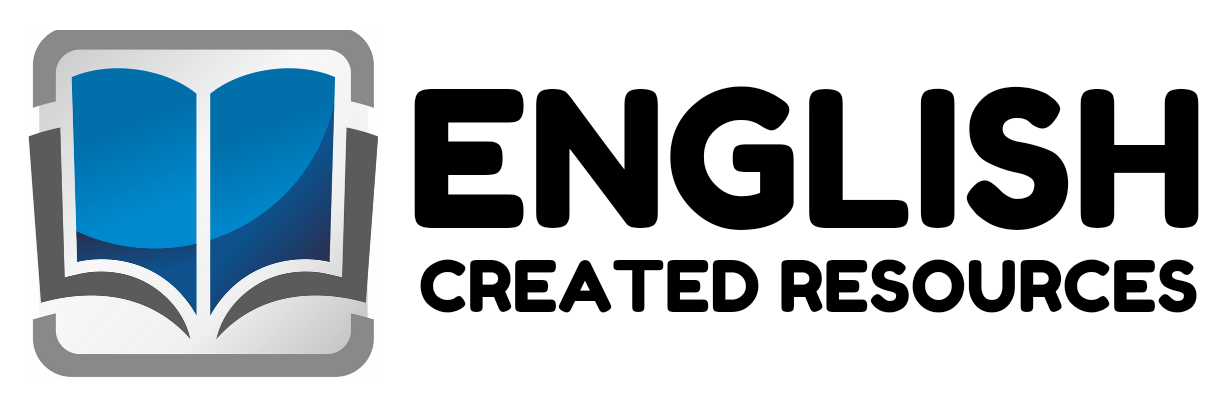Upper & Lowercase Easter Egg Puzzles

Upper & Lowercase Easter Egg Puzzles
Preschool education lays the foundation for a child’s academic and personal development. During these formative years, children are not only developing essential literacy and cognitive skills but are also learning how to interact with their environment in fun and meaningful ways. One educational tool that beautifully combines learning with play is the Uppercase & Lowercase Easter Egg Puzzle. Though it may appear to be a simple activity at first glance, this hands-on, colorful game holds immense value in early childhood education.
1. Promotes Letter Recognition
At the core of early literacy is the ability to recognize letters. Children must be able to distinguish between different shapes and symbols in order to begin reading. The Easter Egg Puzzle helps young learners practice identifying both uppercase and lowercase letters. Since many preschoolers are initially introduced to uppercase letters, this puzzle serves as a bridge to help them connect the familiar uppercase forms to the less-familiar lowercase ones. Matching the two reinforces memory and understanding in a concrete, visual way.
2. Builds Early Phonemic Awareness
Although the puzzle focuses on letter matching, it often leads naturally into phonemic discussions. As children pick up a letter, caregivers or teachers can ask, “What sound does this letter make?” or “Can you think of a word that starts with this letter?” This promotes phonemic awareness, a critical pre-reading skill where children begin to connect sounds with letters. Recognizing both uppercase and lowercase letters helps children prepare for the variety of ways letters appear in books and print media.
3. Enhances Fine Motor Skills
Manipulating the two parts of an Easter egg puzzle requires hand-eye coordination and fine motor control. These are the same skills children use when writing with a pencil, cutting with scissors, or buttoning clothes. The act of twisting, turning, and fitting the puzzle pieces together is developmentally appropriate for preschoolers and strengthens muscles in their hands and fingers. These skills are foundational for more complex tasks in the classroom and beyond.
4. Encourages Independent and Cooperative Learning
One of the strengths of using Easter egg puzzles in a preschool setting is their flexibility. Children can work on them individually or in small groups. When working alone, a child practices problem-solving, builds concentration, and feels a sense of accomplishment upon completing a puzzle. When working with peers, the activity becomes a chance for collaborative learning. Children learn to take turns, share ideas, and help one another find matching pairs, which fosters social-emotional growth.
5. Supports Visual Discrimination
Visual discrimination is the ability to notice and compare the features of different items to distinguish one from another. In letter learning, this means noticing the subtle differences between letters such as b and d or p and q. Easter egg puzzles naturally support this skill as children must look closely at the shapes of the letters on each egg half to make a correct match. This skill is vital in reading, where misidentifying a single letter can change the entire meaning of a word.
6. Encourages Thematic and Seasonal Learning
Using Easter egg puzzles during the spring or around Easter time makes learning thematic and timely, which increases engagement. Children are naturally drawn to bright colors, holiday themes, and hands-on activities. When learning is tied to a season or celebration, it becomes more meaningful and memorable. This helps children retain the information they are learning and associate it with positive feelings and experiences.
7. Builds Confidence and a Love for Learning
Every successful match made by a child is a small win. These moments accumulate and build self-esteem and confidence. When children feel capable in a learning task, they are more likely to engage in future activities with enthusiasm. Easter egg puzzles present just the right level of challenge for preschoolers—difficult enough to be engaging but simple enough to complete with some effort. This balance makes it an ideal tool for nurturing a growth mindset in early learners.
8. Can Be Easily Differentiated
Not all children in a preschool classroom are at the same developmental level. The beauty of Easter egg puzzles is that they can be easily differentiated to meet various learning needs. For beginners, puzzles with fewer letter pairs can be introduced. For more advanced learners, additional challenges can be added, such as putting the letters in alphabetical order after matching or using the letters to spell simple words. Teachers and parents can adapt the activity to ensure that every child is supported at their current skill level.
9. Reinforces Cognitive Connections Through Repetition
Young children learn through repetition and hands-on practice. Easter egg puzzles provide a playful way to revisit the same content multiple times without it feeling tedious. As children match letter pairs over and over again, they are reinforcing the neural pathways that help them remember and retrieve information. This repetition lays the groundwork for fluency in letter recognition and later reading success.
In summary, Uppercase & Lowercase Easter Egg Puzzles are far more than a seasonal classroom decoration or a simple craft project. They are an effective, engaging educational tool that supports literacy, motor skills, social development, and cognitive growth. When thoughtfully integrated into the preschool curriculum, these puzzles can spark joy and curiosity in young learners, all while building the essential skills they need for a successful academic journey. By combining fun with function, these puzzles help plant the seeds for a lifelong love of learning—one colorful egg at a time.
Samples From the Puzzles












